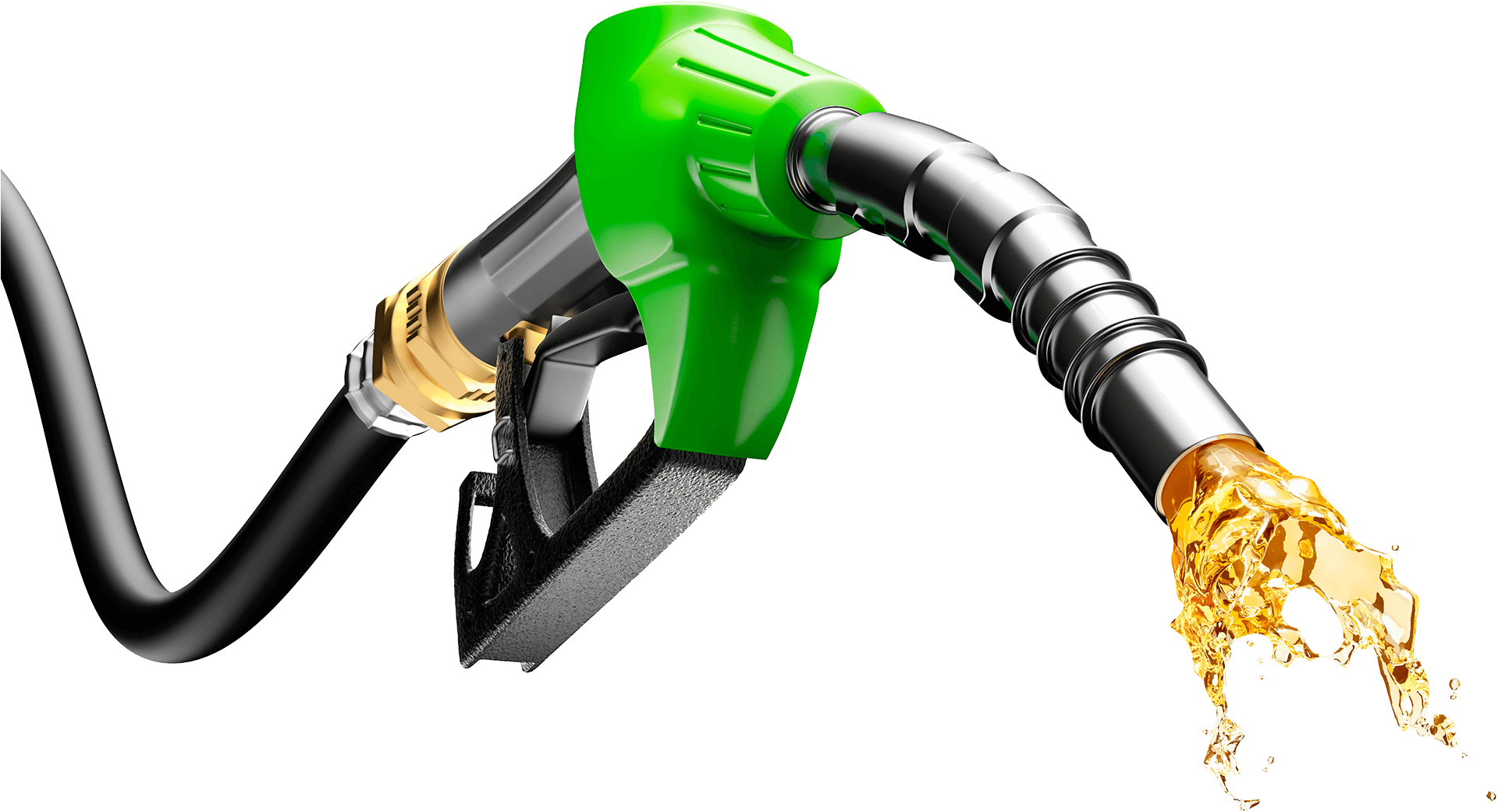Running a fleet vehicle requires a large amount of fuel, resulting in higher associated costs, accounting for almost 40% of its operating costs. Fuel prices are escalating continuously, and green issues are getting more attention; it requires proper and accurate fuel usage monitoring by highlighting short deliveries, leaks, and fuel theft.
A fuel monitoring system combines the hardware and software for maintaining, controlling, and monitoring fuel consumption and storage. It is used in industries that involve large fleet vehicles as a source of transportation for their business or by the governing bodies to stay on top of the fleet logistics and monitor their costs.
The fuel monitoring system can be installed on heavy vehicles, including trailers and trucks, to monitor fuel consumption. It can also be used for any vehicle with fuel, such as aircraft, water and railway vehicles, to control fuel storage, security, and accessibility.
Components of a Fuel Monitoring System
Mainly there are two types of components within a fuel monitoring system, which are:
- Hardware (Fuel level sensor, transmission device)
- Software (Cloud platforms)
Working Process of Fuel Monitoring System
A fuel monitoring system works as follows:
- The fuel sensor is compatible with the interface and helps note down the accurate level of fuel, battery, and ignition status.
- The readings are fed into the computing system via a transmission device, which is then transferred to the cloud server, which can be accessed through the dashboards.
- This data can then be accessed from any location at any time with the help of powerful web platforms or mobile applications.
Advantages of Fuel Monitoring System
There are various advantages of fuel monitoring systems, such as:
- It helps in keeping track of your fuel costs.
- It assists in tracking fuel consumption.
- It aids in integrating your fuel cards and uploading transaction statements for a digital record of fuel expenses.
- It allows effective management of fuel expenses by monitoring the system effectively.
- It helps in figuring out the best way to save fuel costs.
- It reduces the amount of fuel waste.
- It tracks fuel theft.
- It gives you a visible record for calculating metrics.
- It helps in fuel economy, route optimization, and vehicle lifespan.
- It allows to boost fuel efficiency.
- It promotes better security by efficiently managing the fuel system.
- It provides detailed and accurate information for each vehicle and its fueling session without human-induced error.
- It highlights the need to train drivers to reduce the amount of wasted fuel.
- It helps in regular maintenance of the vehicles to improve their performance and avoid potential issues.
- It provides the financial data required for management review, analysis, and decision-making.
- It helps deal with costly inefficiencies of the vehicle.
- It tracks the vehicle’s speed to analyze fuel consumption.
- It lowers the impact of inefficient vehicles and enhances fuel consumption on the environment.
- It promotes sustainability and helps in reducing the carbon footprint.
- It prevents fuel drainage and fraudulent actions.
- It increases the engine’s energy efficiency.
- It ensures transparency by giving complete details of fuel consumption.
Detailed Information
The fuel monitoring system displays the remaining amount of fuel in the vehicle, monitoring and managing its fuel efficiency and gives detailed reports regarding every aspect of the fueling phase, which include:
- Fuel filling location
- Fuel filling time
- Fuel mileage
- Fuel drains
- Amount of fuel filled
- Amount of fuel consumed
The fuel monitoring system provides alerts and reports of refuel and drains via SMS or Email. It also allows you to set alarms to stay alert for low or high fuel levels.
Fuel Monitoring Systems and Fuel Uplift
Fuel monitoring systems help test, monitor, and clean fuel tanks to minimize fuel waste without replacing the equipment. They are efficient enough to assess the vehicles’ unwanted fuels and fuel contamination and promote fuel uplift, which involves removing or transferring unwanted fuels. It is crucial because fuel becomes stagnant and contaminated if kept unused for a long time and can be converted into toxic sludge in the fuel storage tank. Fuel uplift proves beneficial by saving the tank from corrosion and spillage.
If you want to simplify the fuel management process and eliminate fuel efficiency issues and unused fuel, then fuel monitoring systems and fuel uplift are the best choices.





